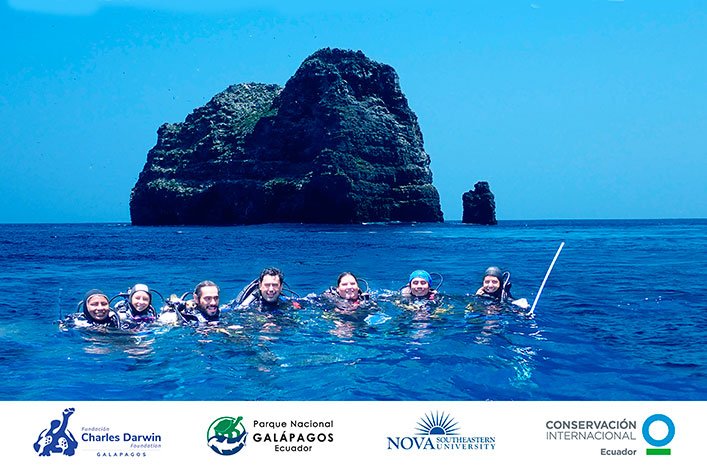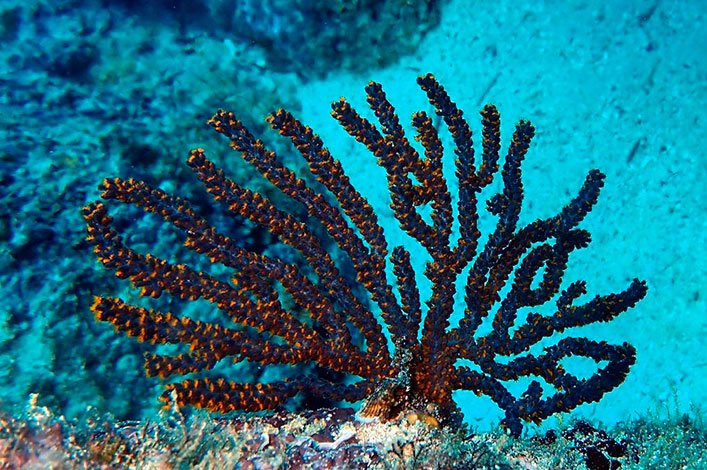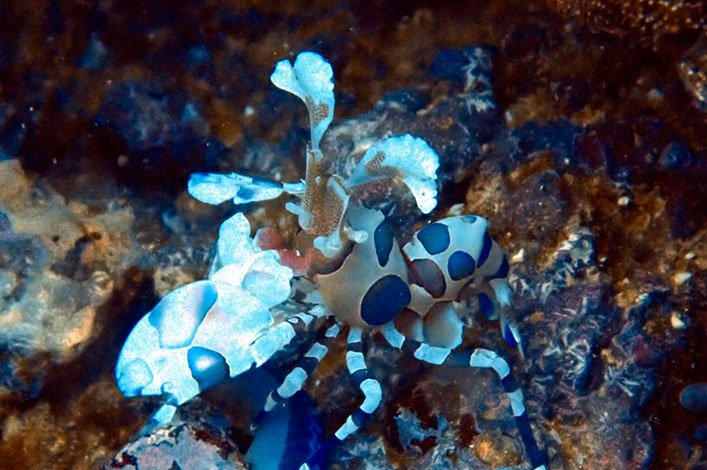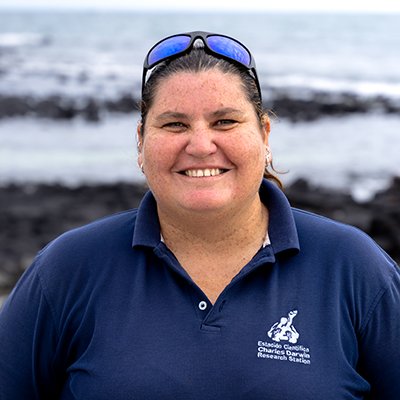On the 5th of March of 2019, a team made up of members of the Charles Darwin Foundation (CDF), Conservation International (CI), and the Galapagos National Park Directorate(DPNG, for its Spanish acronym) embarked upon an expedition on the scientific vessel, Queen Mabel, for the Subtidal Marine Ecological Monitoring of the Galapagos Marine Reserve (GMR).
The Ecological Monitoring is a long-term program that has been carried out for several decades establishing a baseline of the reserve that allows detecting any change that could occur in the marine ecosystem due to natural phenomena such as El Niño and La Niña, climate change, the introduction of non-native species, fishing and illegal fishing.

The subtidal monitoring takes place annually around the different bioregions of the archipelago; south, west, north, and the far northern region. The monitoring takes place in permanent sites which permit long term comparison. These sites are within the polygons designated by the DPNG in the new zoning, which delimit the different areas of use approved in the GMR: Sustainable use (fishing), Conservation (tourism), and Intangible (protection).
The expedition began in the South of the archipelago where a team of ten divers monitored nine dive sites distributed between the islands of Floreana and Española. They then continued to the Western and Southeast Center bioregion where 16 sites were monitored between Isabela, Fernandina and Santiago islands. The expedition ended after monitoring 11 more sites in the islands of the North and the Far North: Wolf, Darwin, Genovesa, and Marchena.

Due to the high sensitivity of the corals in the GMR against the impacts of climate change, during the expedition the health status of coral reefs in Wolf Island was also monitored, taking data on species composition, sizes, health status, predation and others. Additionally, dives were made to change the data loggers; temperature measuring devices, which are placed and exchanged every year in strategic sites of the GMR to obtain the environmental conditions in the reserve.
The data collected during the Sub-Surface Ecological Monitoring will be analyzed after the field phase in order to generate necessary information for the authorities in charge of the management and conservation of the GMR.

The field phase of the project took place between the 5th and 26th of March of this year. It was led by Dr. Inti Keith (CDF) and Stuart Banks (CI), with the participation of the scientists Nicolás Moity, Sofía Green, Salome Buglass, Wilson Iñiguez, and Franklin Terán (CDF); technicians from the DPNG, Jenifer Suarez and Jules Paredes (DPNG); and Dr. Bernard Riegl, visiting scientists from the Nova Southeastern University of Florida.
The Subtidal Ecological Monitoring of 2019 was possible thanks to the collaboration between the Charles Darwin Foundation, Conservation International, and the Galapagos National Park Directory, and thanks to the support of Dr. Gerard Wellington Marine Climate Change Fund, and Amy Blackwell.







